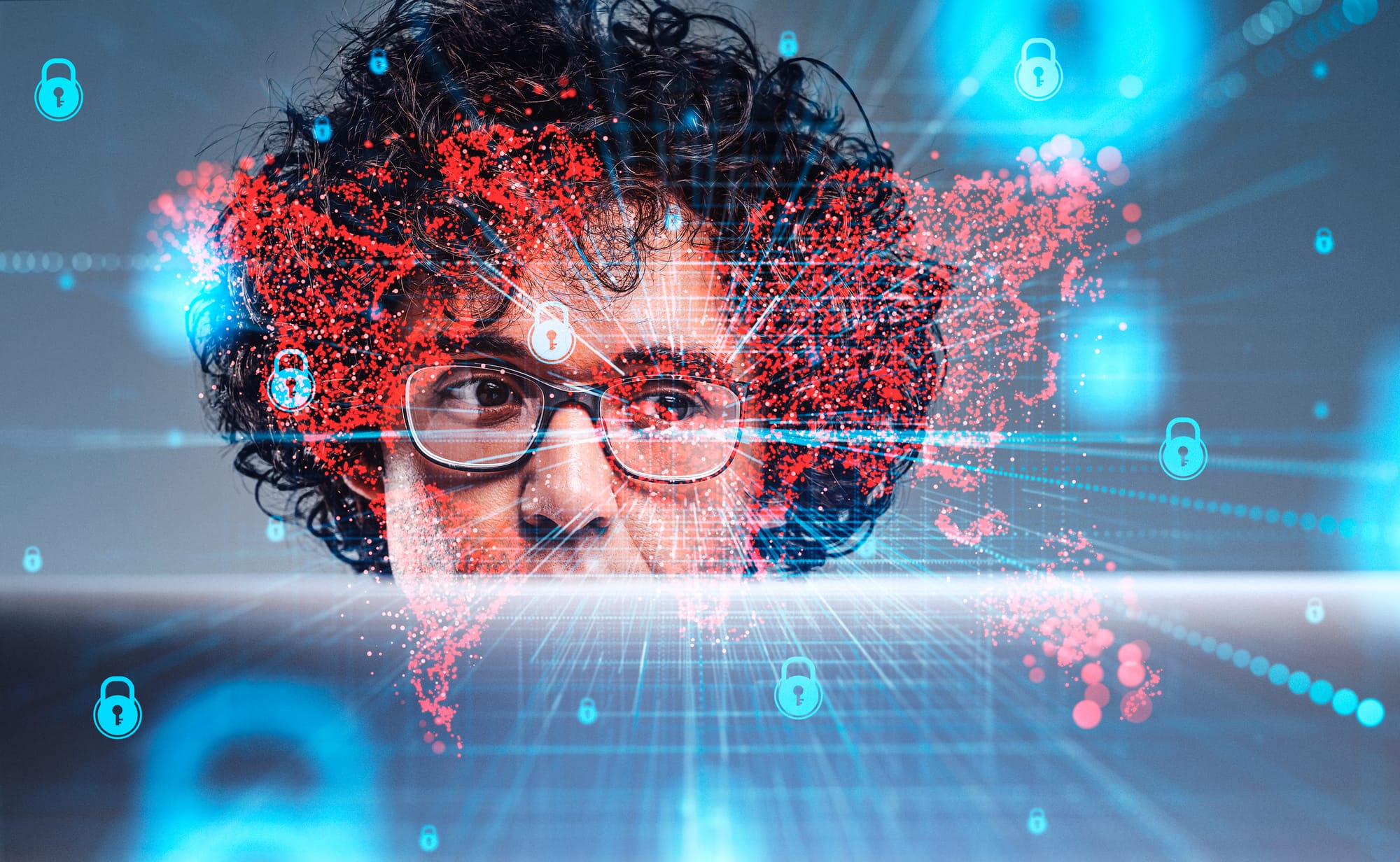Cyberattacks are on the rise and data security is in danger now more than it ever was. Cybersecurity measures are trying to catch up with the evolving threat landscape, but let’s face it. As attacks become more complex and use newer techniques, cybersecurity must up its game, too!
Artificial Intelligence (AI) and Machine Learning (ML) technologies can play a major role in cybersecurity by reducing response times, increasing the chances of early detection, and helping to have a comprehensive, proactive approach to cybersecurity with minimum peripheral resources.
The truth is that cybersecurity resources are overburdened today with multiple tasks. With understaffed cybersecurity departments, large amounts of data to assess as part of security measures, and a lack of requisite skills, it becomes almost impossible to rely only on human resources to have complete control over cybersecurity. The speed at which cyberattacks occur needs sophisticated tools to thwart them in time.
AI and assisted technologies make it possible to combat cyberattacks where humans fall short. Here are some real-life applications and examples of AI in cybersecurity.
- Predictive Analytics
is a proactive approach that identifies vulnerabilities and threats before they actually cause any harm. By analyzing huge amounts of data related to network, traffic, user activities, historical attacks, etc., AI can not only identify signature attacks before they happen, but it can also help identify the possibility of newer attacks.
Predictive Analytics also works to grade network users based on their activities and access levels and identifies the risk they pose to cybersecurity. AI and ML can do a better job than humans in identifying how these risks will play out and alert information security experts in time about a particular vulnerability.
LinkShadow has an automated system to proactively detect cyber threats through a predictive analysis based on deep learning.
- Malware Detection
For a long time, malware detection has been signature-based. By creating a bad behavior signature for malware attacks, future attempts of attacks can be identified. However, this method falls short of identifying new malware attacks. AI and ML have further improved malware detection through anomaly-based and heuristic techniques.
An ML algorithm combined with the neural network can enhance anomaly-based classification. By using a combination of statistical and mathematical techniques, AI can provide remarkable results in detecting high-profile malware samples. Metamorphic and polymorphic malware that is very difficult to detect can be identified using AI-powered malware detection techniques. Tensorflow, an open-source software library, has been used by Google to filter out 100 million spam emails.
Sophos uses ML and deep learning to detect even the most sophisticated malware. Other top tools used for malware detection are Falcon Sandbox, LogRythm AI Engine, ArcSight Intelligence, etc.
- Threat Detection
ML is good for recognizing patterns. Cybersecurity AI can identify when there are inconsistencies in data transmission or network parameters. While inconsistency might not always be identified as a pattern of cyberattack, inconsistencies trigger an alert which, in turn, can help cybersecurity personnel detect any potential threats.
Webroot uses AI and ML to develop threat intelligence from millions of real-world endpoints to create robust security solutions. Other top tools include SolarWinds and Intruder.
- Incident Investigation and Response
More often than not, just detecting malware or any other threat is not enough. Quick action to investigate and eradicate or contain the threat is necessary.
AI-based automation of incident response can be just the thing to quickly trigger the response process as soon as a threat is detected. Especially now, when most of the systems are accessed remotely, manual tracking of incidents becomes almost impossible. Also, it is expensive to hire resources for round-the-clock manual tracking. AI tools for incident investigation and response can solve these problems.
Darktrace has a complete system from monitoring threats to responding to a cyberattack. It also has AI-powered processes to recover and heal damages.
- Cyber Asset Attack Surface Management (CAASM)
CAASM systems monitor and track all the places and devices where data is stored, processed, or transferred to provide better network security. With remote work increasing, there is a risk of users’ personal devices being used which are not visible. In such cases, AI-based CAASM can provide a consolidated view of all the assets and help identify data vulnerabilities on the go. It can also help analyze the attack so that the response can be actioned quickly.
Axonious, JupiterOne, Brinqa are the top CAASM tools that provide enhanced network security with multiple hidden assets.
- Cloud Security
As more businesses adopt cloud technologies, the risks of cyber attacks on cloud systems are also on the rise. AI-based tools can provide end-to-end architecture-based security to cloud systems. With remote and hybrid work environments and multiple people accessing cloud systems from different geographical locations, AI tools for cloud security are the need of the hour.
Some AI Tools used for Cloud security are Mandiant, CloudKnox Security, RiskIQ, and Wickr.
- Cyberthreat Intelligence Reports (CTI)
New malware and other cyber threats are getting created at a surprising pace. Gathering, recording, and perusing the information on the threat landscape in real-time is becoming increasingly complex and almost impossible.
AI solutions can be deployed to use the information on the latest cyber threats and create CTI reports. These data-driven tools create exhaustive reports that help develop security strategies and plan responses to attacks.
Cisco Umbrella, DeCYFIR, GreyNoise, EchoSec, and Luminar are some of the top tools used for Cyberthreat Intelligence.







